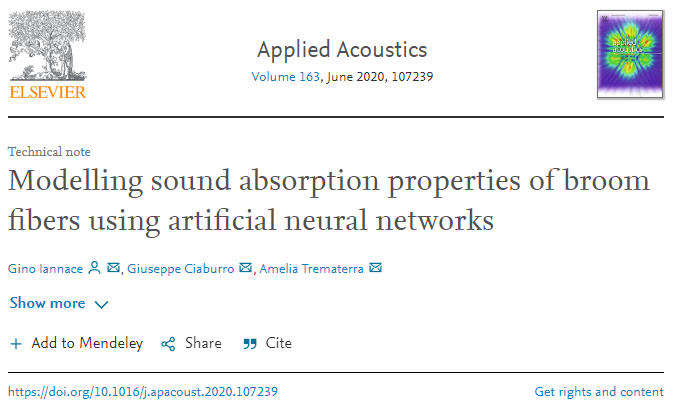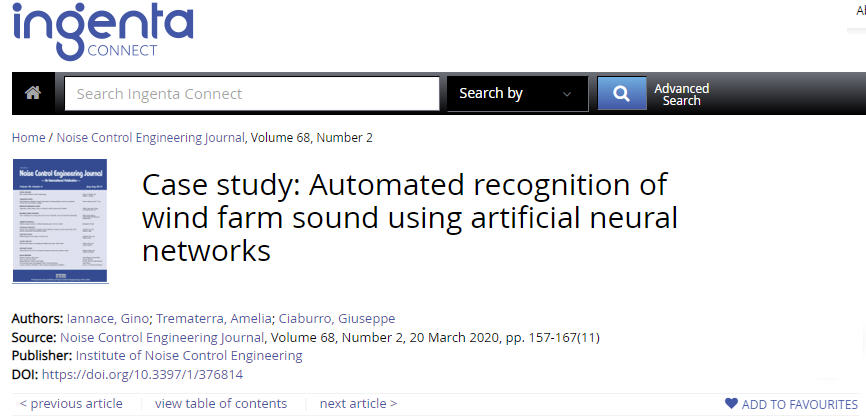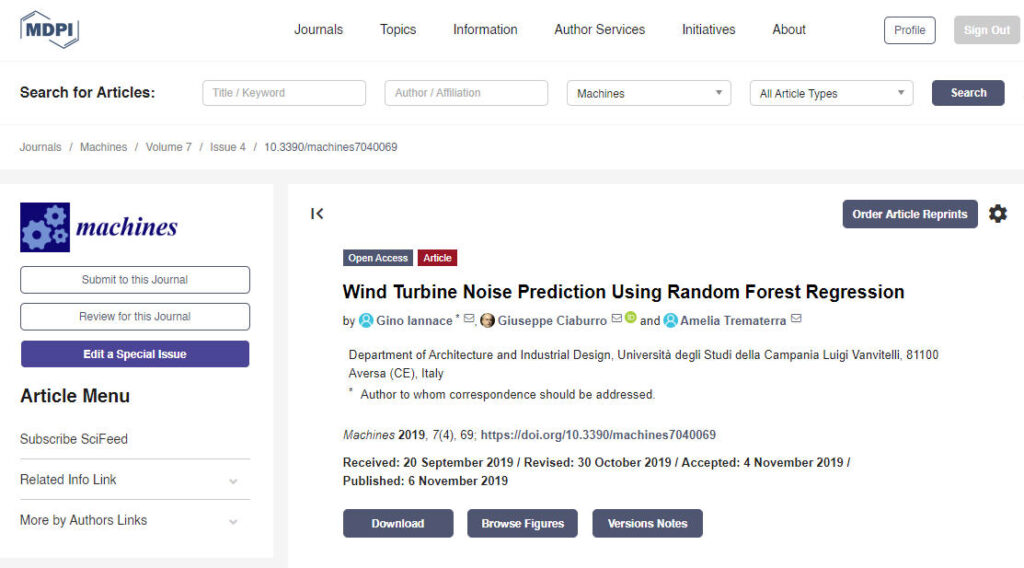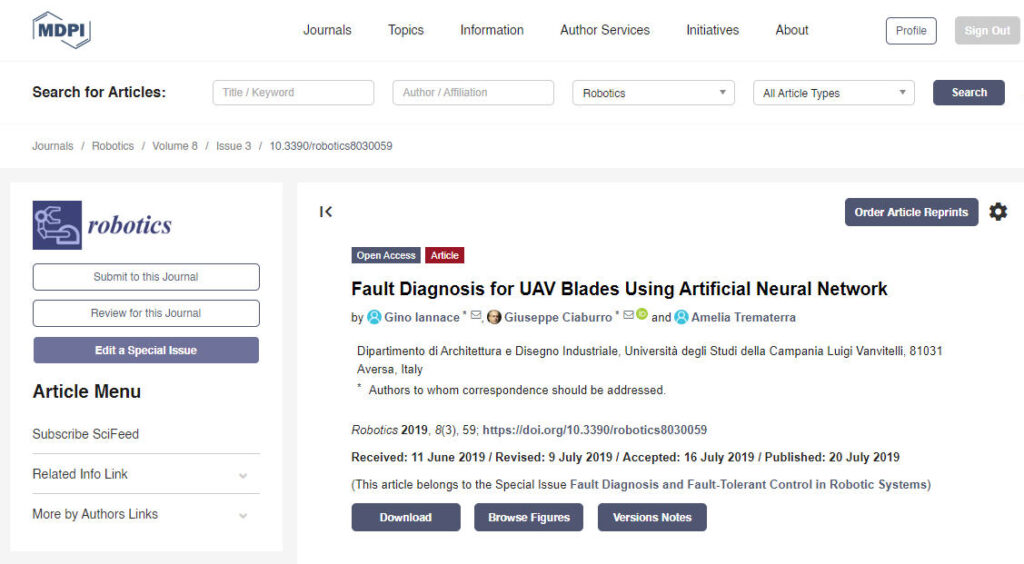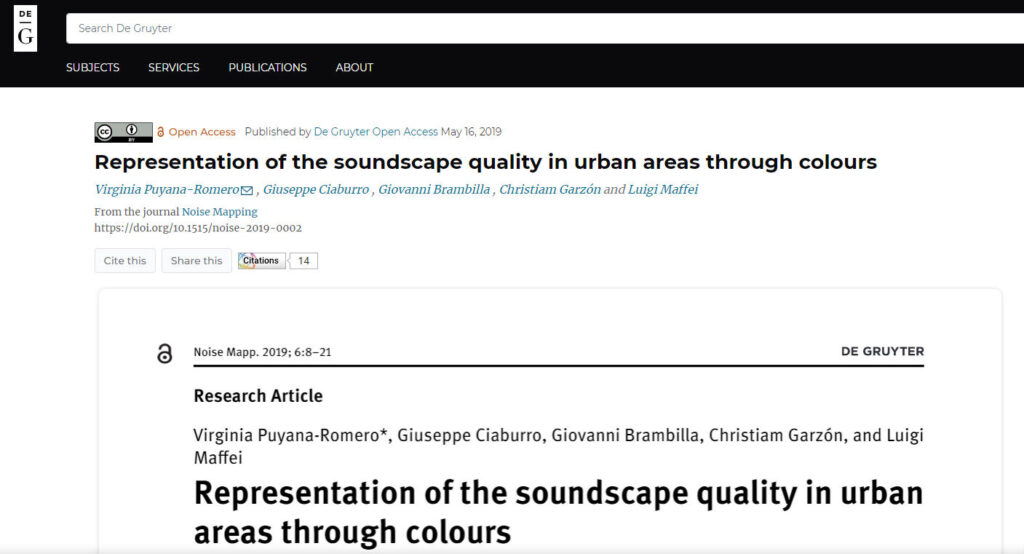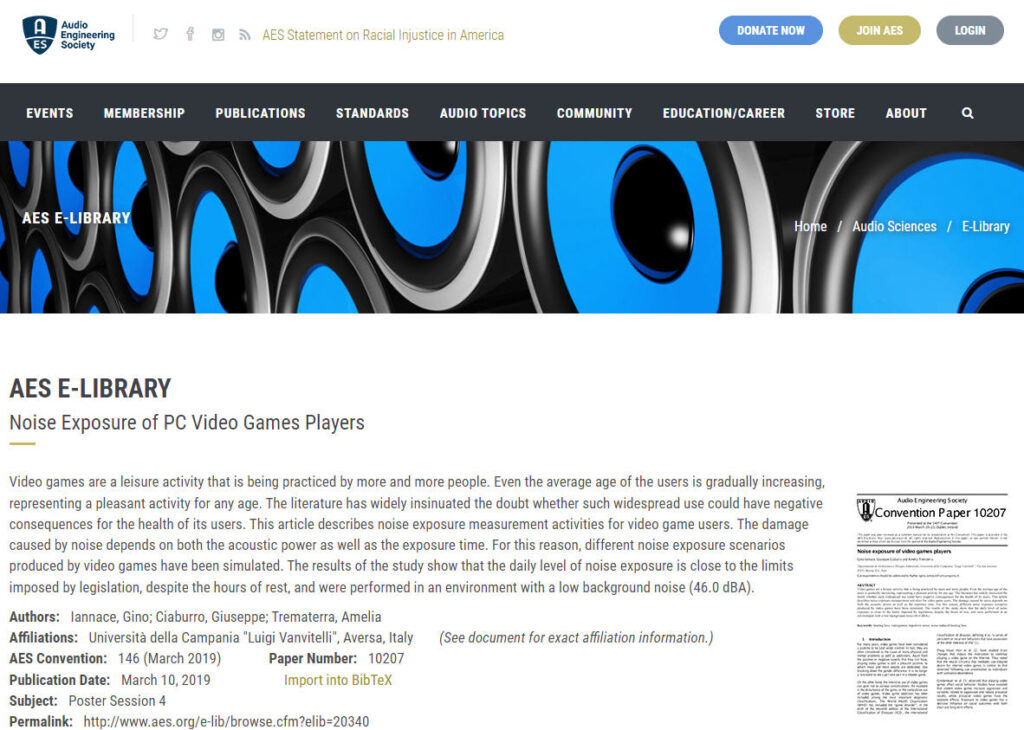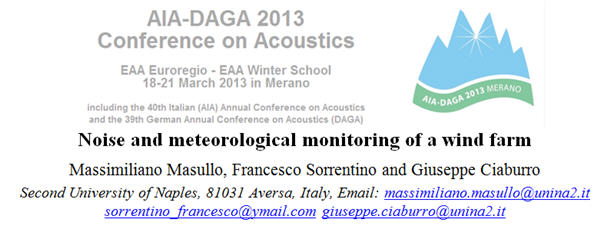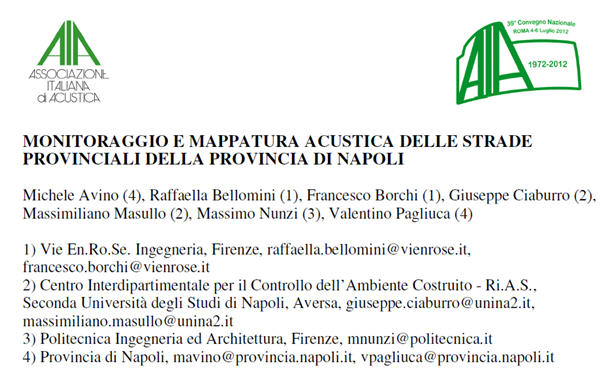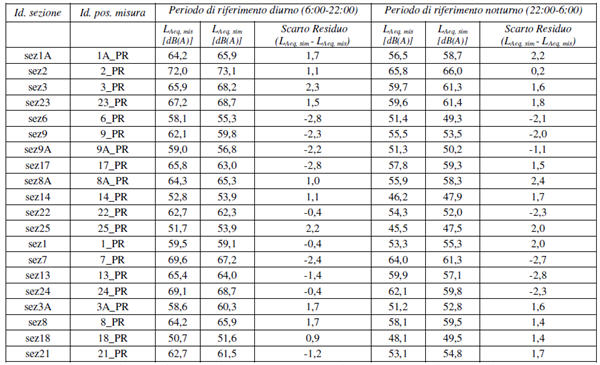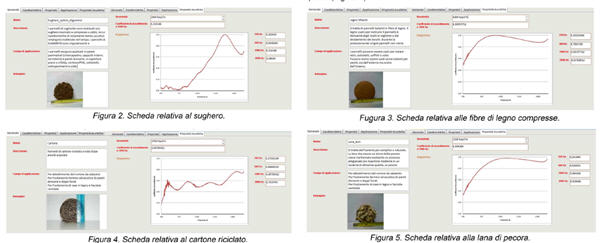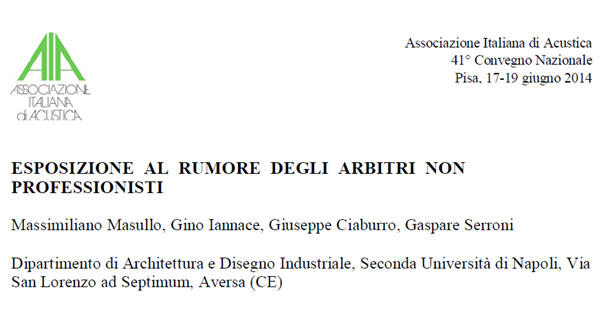 Negli ultimi anni l’attenzione posta dai ricercatori e dagli enti di controllo, nei confronti di attività lavorative di settori non industriali in cui possono sussistere potenziali rischi di esposizione al rumore, come quello scolastico e della musica, ha messo in evidenza come anche nell’ambito di attività di carattere prevalentemente antropico, possano determinarsi condizioni di esposizione al rumore critiche per la salute dei soggetti interessati.
Negli ultimi anni l’attenzione posta dai ricercatori e dagli enti di controllo, nei confronti di attività lavorative di settori non industriali in cui possono sussistere potenziali rischi di esposizione al rumore, come quello scolastico e della musica, ha messo in evidenza come anche nell’ambito di attività di carattere prevalentemente antropico, possano determinarsi condizioni di esposizione al rumore critiche per la salute dei soggetti interessati.
Nell’ambito di queste attività, l’esposizione al rumore degli arbitri di competizioni sportive indoor, con particolare attenzione per la categoria degli arbitri “non professionisti”, merita un particolare interesse. Ciò è dovuto principalmente a due diversi aspetti: uno legato all’entità e tipologia dell’esposizione al rumore; l’altro alla natura extralavorativa e volontaria della prestazione svolta.
Dalle poche ricerche effettuate in questo settore è emerso che, già sugli spalti dei palazzetti, durante lo svolgimento di manifestazioni sportive, i livelli di rumore sono mediamente compresi tra 90 e 100 dB(A) con livelli di picco fino a 138,3 dB(A) [6]. Relativamente all’esposizione degli arbitri Flamme e Williams [7], in uno studio basato sull’autovalutazione dello status del proprio udito e sull’influenza dell’uso dei fischietti, hanno rilevato che, circa il 48% dei giudici di gara appartenenti al MHSA (Michigan High School Athletic Association) dichiaravano di aver avuto un acufene dopo aver arbitrato durante l’ultimo anno, il 13% quasi sempre e l’11% per più di una volta alla settimana o più di una volta al mese.
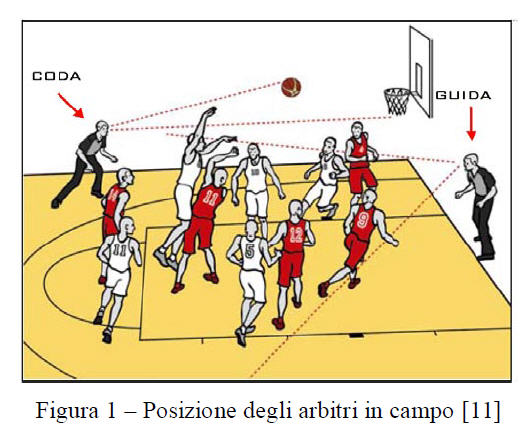
Nello stesso studio, gli autori, hanno misurato, per 13 diversi modelli di fischietti, valori del SELA,FF ad 1 metro compresi tra 104 e 116 dB(A), con frequenze di picco tra 3 e 4 kHz. Dal punto di vista degli effetti sugli arbitri, Smith [8] ha misurato l’innalzamento temporaneo della soglia uditiva pre e post gara per alcune competizioni di basket rilevando, alla frequenza di 4kHz, innalzamenti medi tra le due orecchie di circa 22,5 dB.
… continua la lettura
Esposizione al rumore degli arbitri non professionisti
